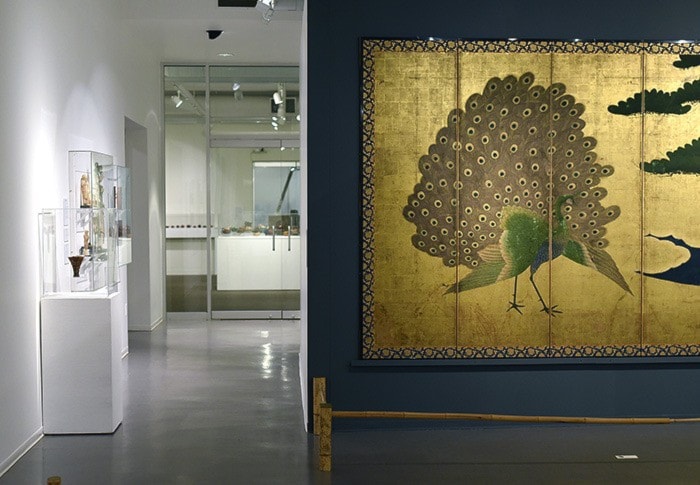By Sara Wilson
As a thunderous wave crashed against the SS Princess Royal, an Alaska-bound ship sailing past the coast of present-day Haida Gwaii in 1907, a young Emily Carr — then a little-known passenger with a devout attachment to art — began her legacy to become one of Canada’s premier artists.
Drawing inspiration from her journey north after a trip to France in 1910, she put into practise the techniques for which she would later become known. Her use of “wild beats inspired colours” learned in Paris, allowed her creative voice to show the vibrancy of B.C.’s First Nations communities.
The Group of Seven artist would go on to secure her place in Canadian history, with a dedicated wing in the Art Gallery of Greater Victoria (AGGV).
The 65-year-old art gallery nestled off Moss Street in the city’s south, welcomes more than 50,000 art lovers each year.
The gallery holds the largest public art collection in Western Canada with almost 20,000 works of art on display.
An expertly designed interior, with its long grey brick hallways, glass doors and incandescent white lighting, is unassuming enough yet still exudes a level of sophistication one might come to expect from an art gallery.
As you enter the gallery, the sense of history is undeniable. Originally built in 1889 as Spencer House, it streched from Fort Street to Rockland Avenue. It was donated in 1951 by Ms Sarah Spencer to become the AGGV.
Vintage, off-white crown molding with chocolate hardwood walls greet you as you enter the house and the Mark Kearley Gallery.
Included in the gallery is Maxwell Bates’ Still Life with Mugs. The dark, segmented and hypnotizing piece showcases the expressionist painter’s vision to blur the line between appearance and reality. The highly acclaimed painter was a vital part of Victoria’s art scene in the 1960s, helping to form the Limners group — a nine-member moral support society of artists in 1972 — before his death in 1980.
The gallery’s commitment to promoting local artists is part of what has allowed it to remain a vital part of Victoria’s landscape.
“The AGGV is first and foremost a place of people, ideas and experiences,” said AGGV Chief Curator Michelle Jacques. “Because of this, our programming is focused on developing meaningful relationships with our visitors, and expanding and diversifying our audiences. So we are always trying to identify the ideas and issues that the people in our communities are engaged in, and try to choose exhibitions and programs that will contribute to timely and relevant conversations.”
The gallery’s attraction with works from abroad is represented in three of the four exhibitions currently on display through October.
The Modernization in Meiji Japan (1868-1912) exhibit — a vibrant and often violent look back at the country’s changing architecture, transportation and wars — showcases pieces depicting grand scenes of battles with traditional Japanese landscapes as backgrounds.
Kuniteru Utagawa’s Paddlewheel Steamship jumps out with its blood red sky, white horizon and turquoise seas. Red flags are littered across the canvas while a crew mans the steamship as it powers through rough seas. The collection pays tribute to the Meijian people’s fascination with the western world and their evolution within it.
Located in the same room is one of the gallery’s more controversial exhibitions. From now until Oct. 16, Kinky — a look at Ancient Chinese and Japanese Erotic Images — offers more than 100 erotic works of art. Ranging in mediums, the images portray a powerful look at humankind’s basic animal instincts.
“We hope that visitors to the gallery leave with the sense that art can expand and enrich our lives by introducing us to new ideas, perspectives and viewpoints,” Jacques said. “We hope that they will think of the gallery as a place where they were engaged and inspired, but also, perhaps, provoked and challenged.”
As you leave the provocative exhibit, you come to Carr’s showcase, which offers a sweeping look back through the stages of her career.
Among the dozen of Carr’s works on display is Deep Woods, a gold-framed portrait, which embodies a haunting loneliness of giant cedar trees with deep brush strokes of evergreens and earth tones. The dark undertones create an overwhelming feeling of being alone against the backdrop of Mother Nature.
All of the exhibits from start to finish are both inspiring and humbling, a testament to the tireless attention to detail and passion the gallery puts into the entire experience.
